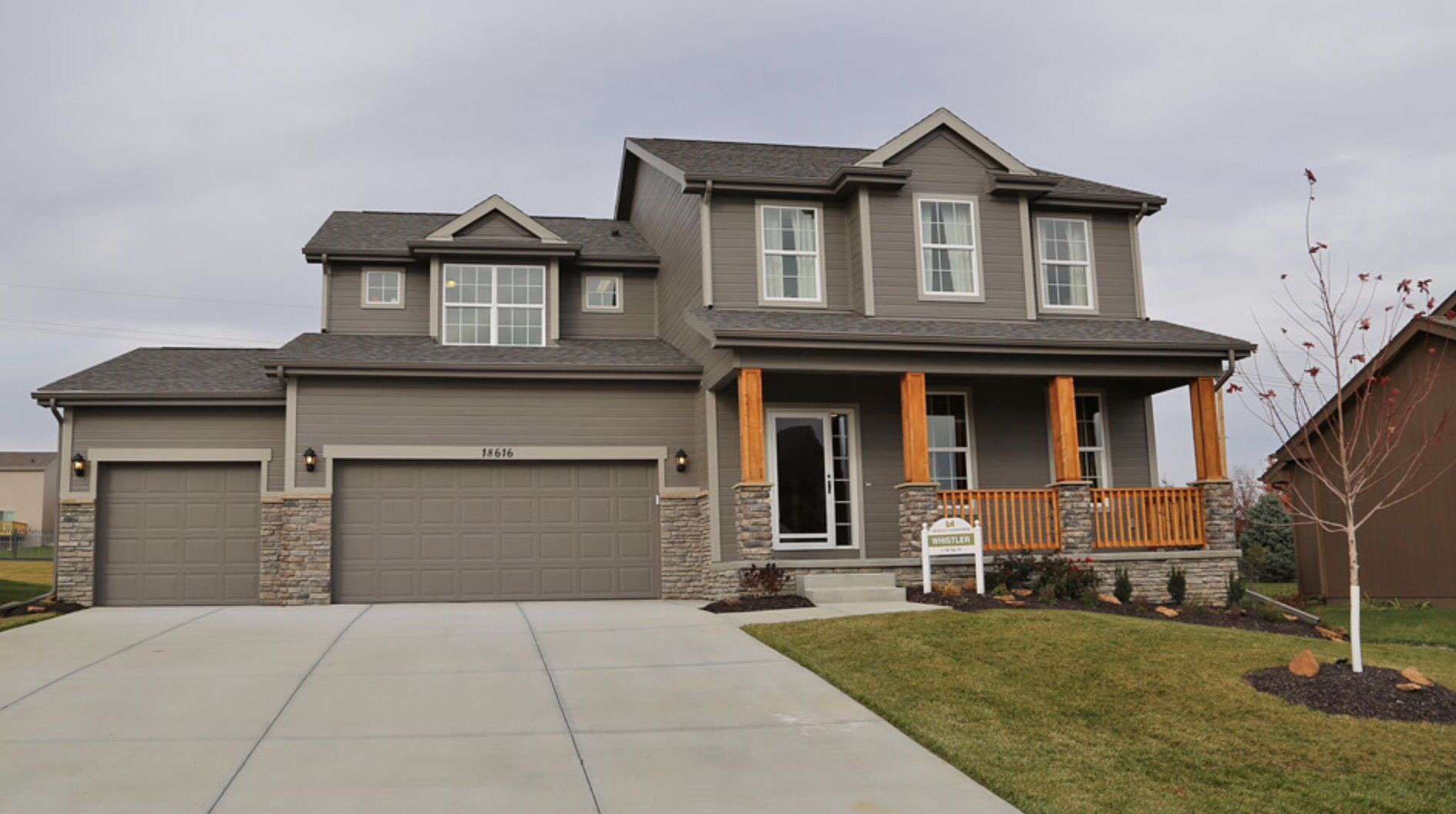Summary:
Understanding the Difference Between the Two Methods
Pressure washing uses high-pressure water—often above 2,000 PSI—to remove grime, mold, and buildup from hard surfaces. It’s ideal for concrete, stone, and other durable materials. Soft washing, by contrast, relies on low pressure with specialized cleaning agents to safely treat surfaces like siding, shingles, and stucco. The solutions break down organic contaminants, which are then gently rinsed away. While both techniques are part of professional pressure washing services, their application depends entirely on the material and condition of the surface being treated.
Where Soft Washing Works Best
Soft washing is ideal for more surfaces that can be damaged by high pressure. Roof shingles, for example, benefit from soft washing due to it removing algae, mold, and black streaks without disturbing the protective granules or loosening the shingles themselves. Painted siding and wood surfaces also respond better to soft washing, as the gentle pressure helps the finishing against warping or chipping. Even screens and enclosures, which can easily tear or bend under force, can be safely cleaned with this method.
The Power of Pressure Washing for Tough Jobs
Soft washing is ideal for more surfaces that can be damaged by high pressure. Roof shingles, for example, benefit from soft washing due to it removing algae, mold, and black streaks without disturbing the protective granules or loosening the shingles themselves. Painted siding and wood surfaces also respond better to soft washing, as the gentle pressure helps the finishing against warping or chipping. Even screens and enclosures, which can easily tear or bend under force, can be safely cleaned with this method.
Key Benefits of Soft Washing
Soft washing provides a safer and longer-lasting clean for sensitive exterior surfaces. Because it uses low pressure, there’s no risk of paint chipping, siding warping, or roof shingles becoming dislodged. The cleaning solutions used in soft washing are to target and kill mold, mildew, algae, and other organic matter at the root level, reducing the likelihood of regrowth and extending the time between cleanings. Many of these detergents are also biodegradable and safe to use around landscaping, pets, and people, making soft washing more environmentally friendly. Additionally, it brightens your property by gently lifting away discoloration and restoring color without damaging streaks or surface erosion.
When to Combine Both Methods
Some properties obtain a blended approach. For example, a full-service house washing project might involve soft washing the siding, windows, and roof to avoid damaging finishes, while pressure washing is reserved for tougher surfaces like the driveway, sidewalk, or back patio. This strategy allows every part of the property to be cleaned using the most suitable method for its material. Lighten Enterprise customizes each service plan to fit your home’s layout and condition, for the best results at the surface.
Why Hire Professionals for Either Method
While it might be tempting to rent a machine and tackle exterior cleaning on your own, both soft washing and pressure washing require proper training and equipment. Applying too much pressure or using the wrong cleaning agent can damage surfaces or lead to runoff problems that harm surrounding vegetation. Experienced technicians understand how to match the right pressure level, nozzle, and solution to each surface. Hiring professionals not only protects your property from accidental damage but it also guarantees a higher-quality, longer-lasting finish.
Choose the Right Wash for the Right Surface
Each wash has its place, depending on the surface material, the level of buildup, and long-term maintenance goals. Soft washing offers a gentler clean for delicate surfaces, while pressure washing is preferred for stubborn grime on tough materials. You can customize solutions to clean homes and businesses throughout Fayette County.





